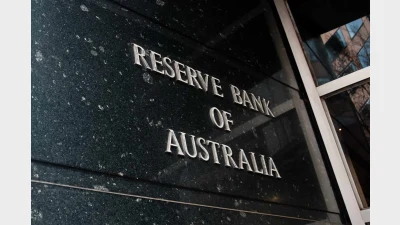Cooper finally hits positive note



 |
| John Brogden
|
The Cooper Review into superannuation has finally won broad industry endorsement by releasing a second phase preliminary report almost entirely dedicated towards improving the efficiency and effectiveness of the superannuation industry's back-office.
The second phase preliminary report represented a broad confirmation of points raised by the chairman of the Cooper Review, Jeremy Cooper, at the Conference of Major Superannuation Funds (CMSF) in Brisbane last week during which he referred to bringing funds back-offices into the modern age via broader use of Tax File Numbers and electronic funds transfer technologies.
The report won the almost immediate endorsement of the Investment and Financial Services Association (IFSA), with its chief executive, John Brogden, saying Cooper should be congratulated for the SuperStream initiative as almost all the initiatives were ones that would assist the industry to function more efficiently, thereby lowering administration costs.
For its part, the Australian Institute of Superannuation Trustees (AIST) described the SuperStream proposals as a breakthrough in modernising the industry.
AIST president-elect Gerard Noonan said the recommendations would serve to improve efficiency and reduce costs across the industry.
Recommended for you
Superannuation funds have posted another year of strong returns, but this time, the gains weren’t powered solely by Silicon Valley.
Australia’s $4.1 trillion superannuation system is doing more than funding retirements – it’s quietly fuelling the nation’s productivity, lifting GDP, and adding thousands to workers’ pay packets, according to new analysis from the Association of Superannuation Funds of Australia (ASFA).
Large superannuation accounts may need to find funds outside their accounts or take the extreme step of selling non-liquid assets under the proposed $3 million super tax legislation, according to new analysis from ANU.
Economists have been left scrambling to recalibrate after the Reserve Bank wrong-footed markets on Tuesday, holding the cash rate steady despite widespread expectations of a cut.









